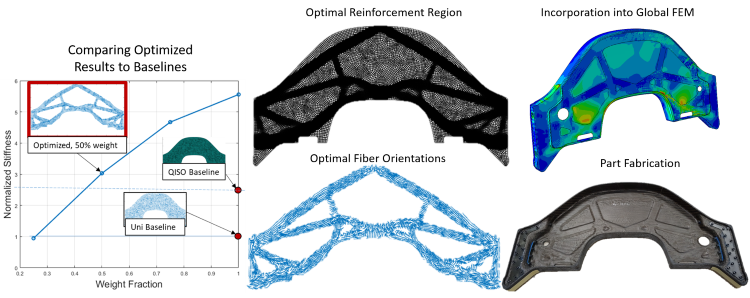Composite Optimization
Photo: Topology Optimization and Tailored Fiber Placement used to stiffen an aerospace wing bulkhead. Optimization generates a 15% stiffness increase at 44% weight savings for the bulkhead back panel, compared to quasi-isotropic composite laminates.
Composite Optimization Capability
UDRI offers a suite of in-house tools for design of composite structures and devices. These algorithms attempt to minimize a user-defined objective, while considering any relevant design constraints. Both gradient-based and genetic algorithm optimizations are available, and are tightly coupled with UDRI analysis and manufacturing capability. This allows UDRI to go from problem definition, to an optimized and validated design, to a fabricated composite structure. The result is lighter, stiffer structures and the potential for subsystem integration through multifunctional materials.
Optimization for Tailored Fiber Placement (TFP) Composites
A gradient-based optimization algorithm provides optimal topology and fiber alignment for Tailored Fiber Placement composites. The algorithm generates minimum-compliance designs for single or multiple load cases, greatly expanding attainable design space when compared to quasi-isotropic composite laminates. Optimization output provides options for selective reinforcement of traditional thin-walled structures, or for fully dense replacements of traditionally manufactured parts.
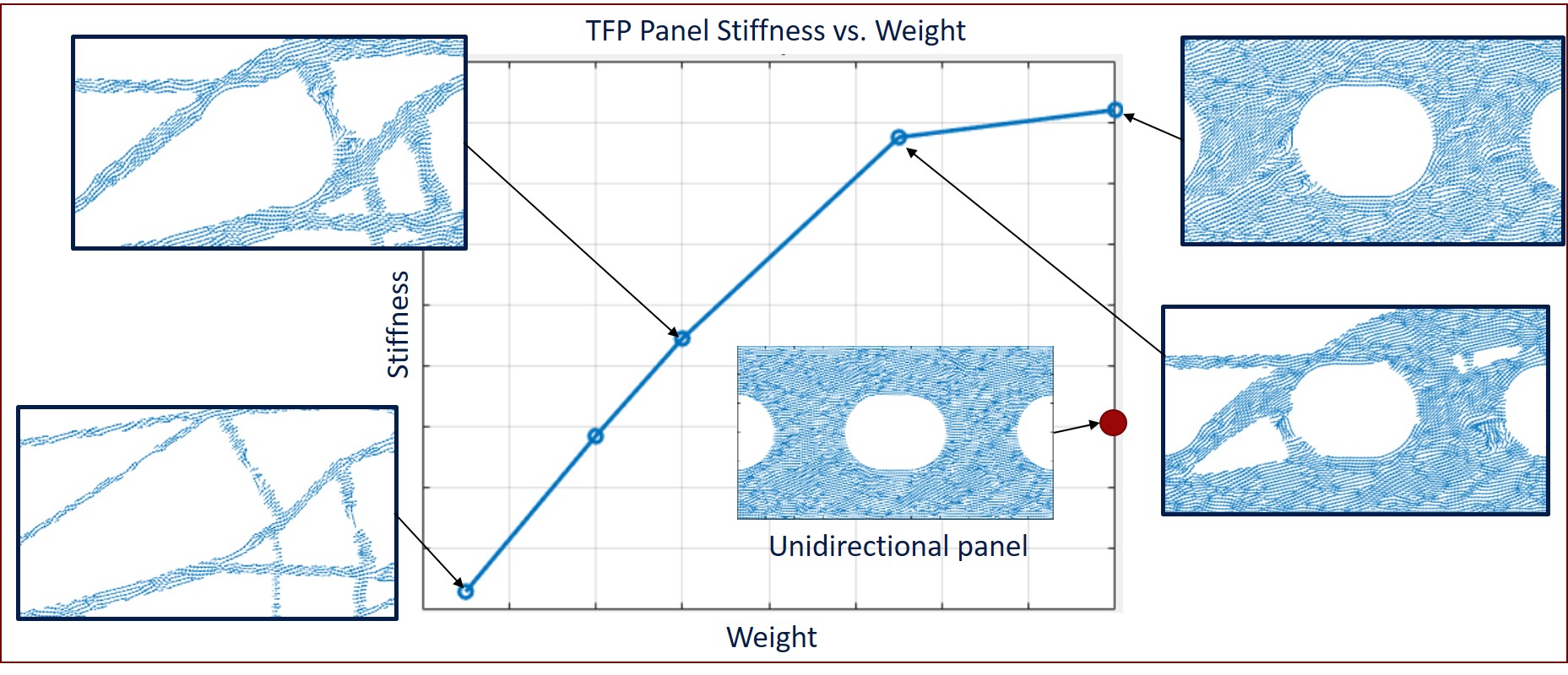
Figure 1. Optimization trade of a TFP-optimized panel vs. a unidirectional panel.

Figure 2. Fully dense panel, 2x as stiff as a unidirectional panel of the same weight. Manufactured using ICOMAT FibreSteer.
Optimization using process variables
Using material characterization techniques, UDRI develops a continuous, differentiable model for a controllable manufacturing process, such as variation in fiber alignment as a function of print speed. This model then feeds the gradient-based optimization in order to determine the best structure. Including the process model in the design significantly reduces post-processing design time and design-to-part defects.
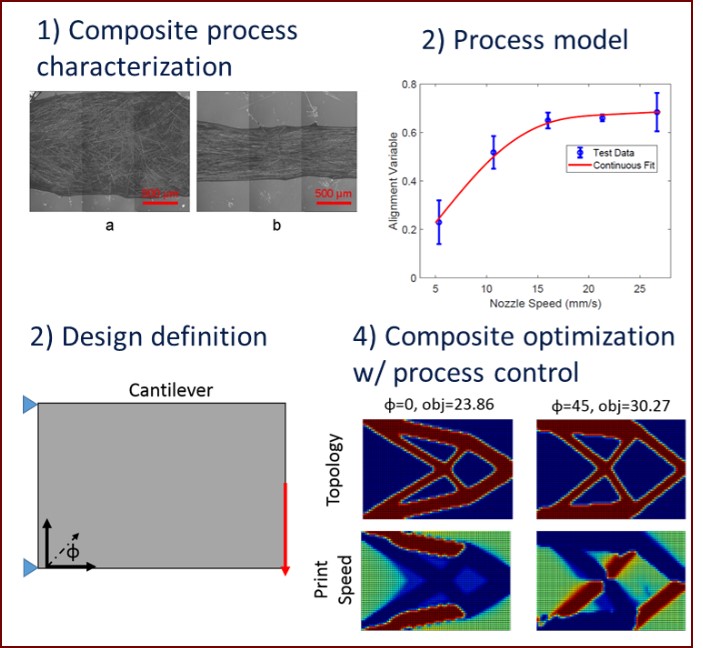
Figure 3. Seifert, David Ryan, Andrew Abbott, and Jeffery Baur. "Topology and alignment optimization of additively manufactured, fiber-reinforced composites." Structural and Multidisciplinary Optimization 63.6 (2021): 2673-2683.
Multifunctional Topology Optimization
UDRI offers multiphysics design using in-house FEM and sensitivity algorithms. Currently supporting electrostatics and piezoresistive mechanics and objectives, with capability for thermal and aeroelastic physics in progress. The algorithm is able to balance load carrying capability with the secondary function to arrive at a suite of optimal topologies for a given range of performance targets.
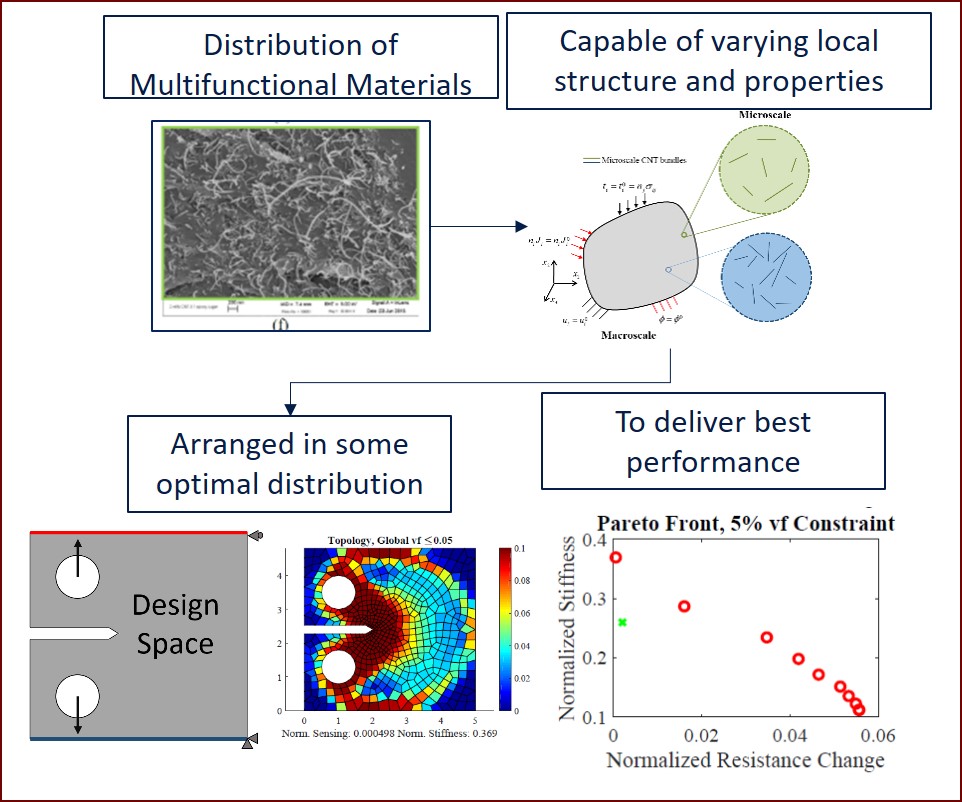
Figure 4. Seifert, Ryan, Mayuresh Patil, and Gary Seidel. "Topology optimization of self-sensing nanocomposite structures with designed boundary conditions." Smart Materials and Structures 28.7 (2019): 074006.
Genetic Optimization of Composite Damage Specimens
Using UDRI’s BSAM composite damage FEM software, a NSGA-II genetic algorithm performs shape optimization to tailor a tensile specimen for a targeted failure mode. This removes the need for the complicated test fixtures typically required to characterize many composite damage modes.
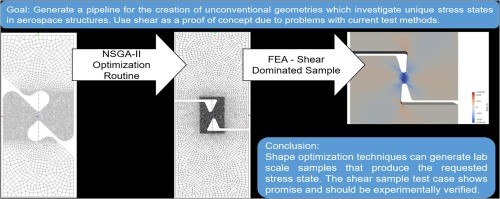
Figure 5. Geise, Luke, et al. "Harnessing shape optimization techniques to develop novel methods to determine shear properties in PMCs." Computational Materials Science 200 (2021): 110782.
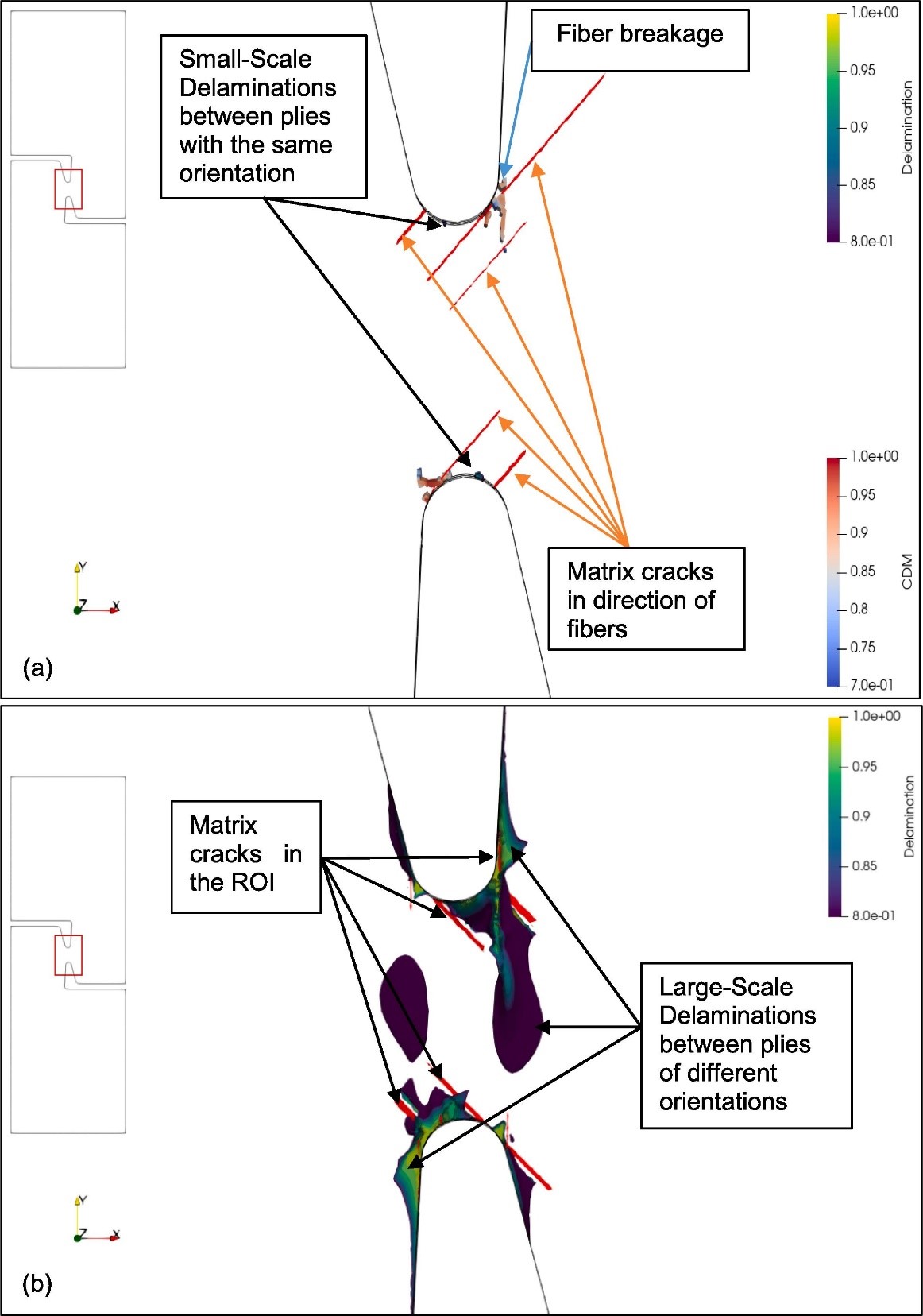
Figure 6. BSAM analysis confirms that the optimized design experiences shear failure in the target area.
For more information:
Scott Huelskamp
Senior Composites Engineer
Phone: 937-229-3045
Email: Scott.Huelskamp@udri.udayton.edu

